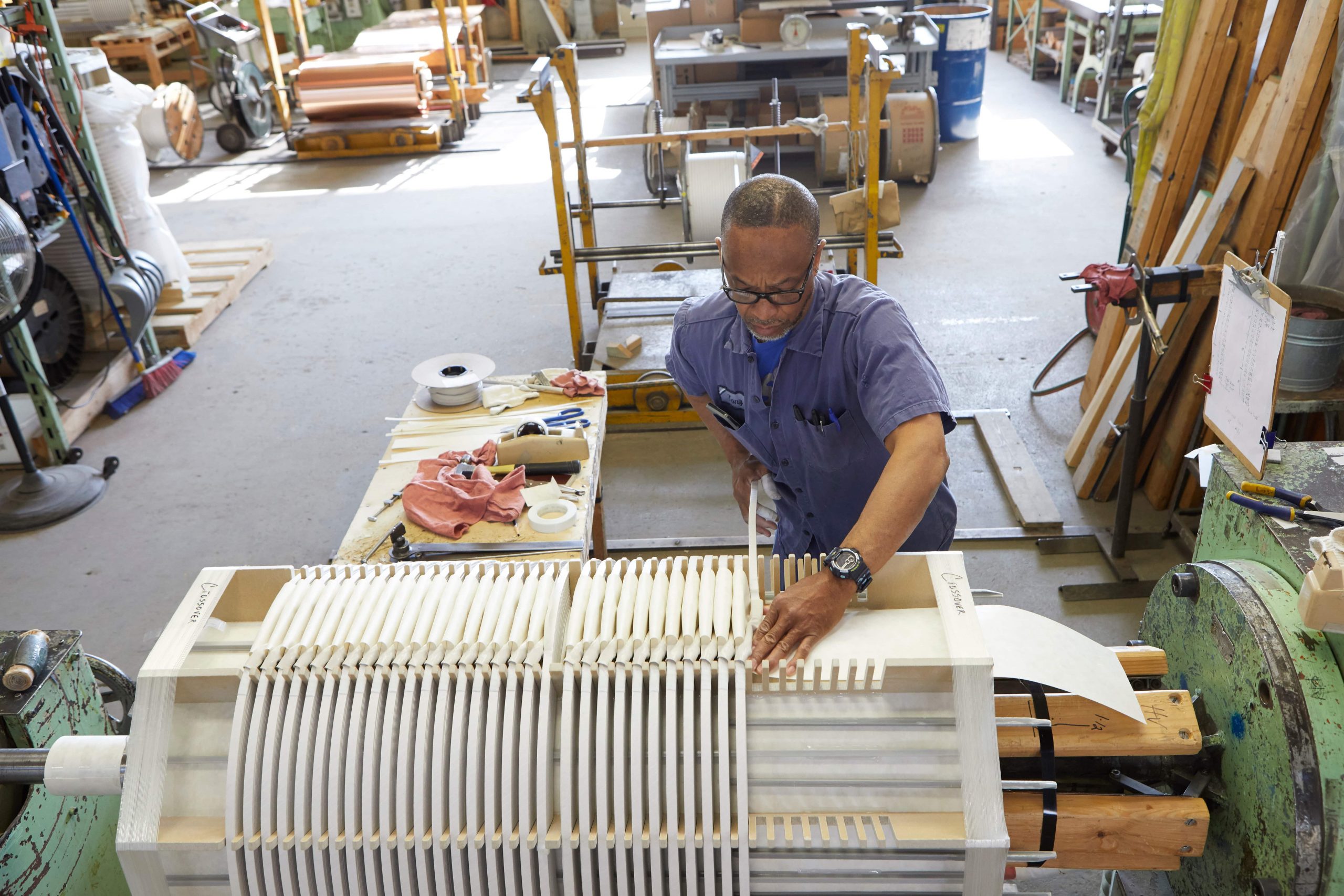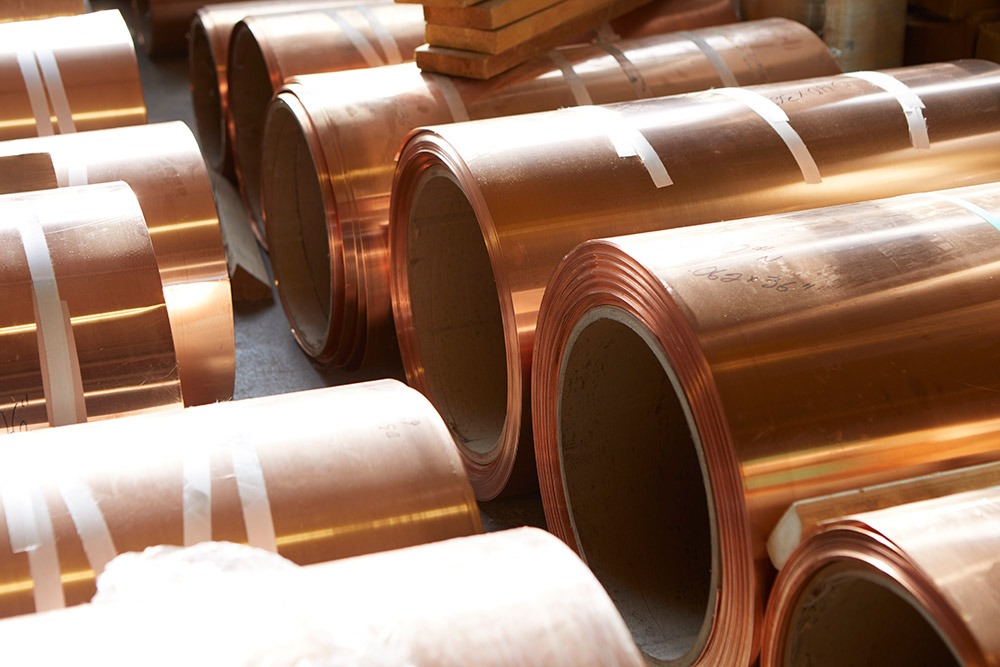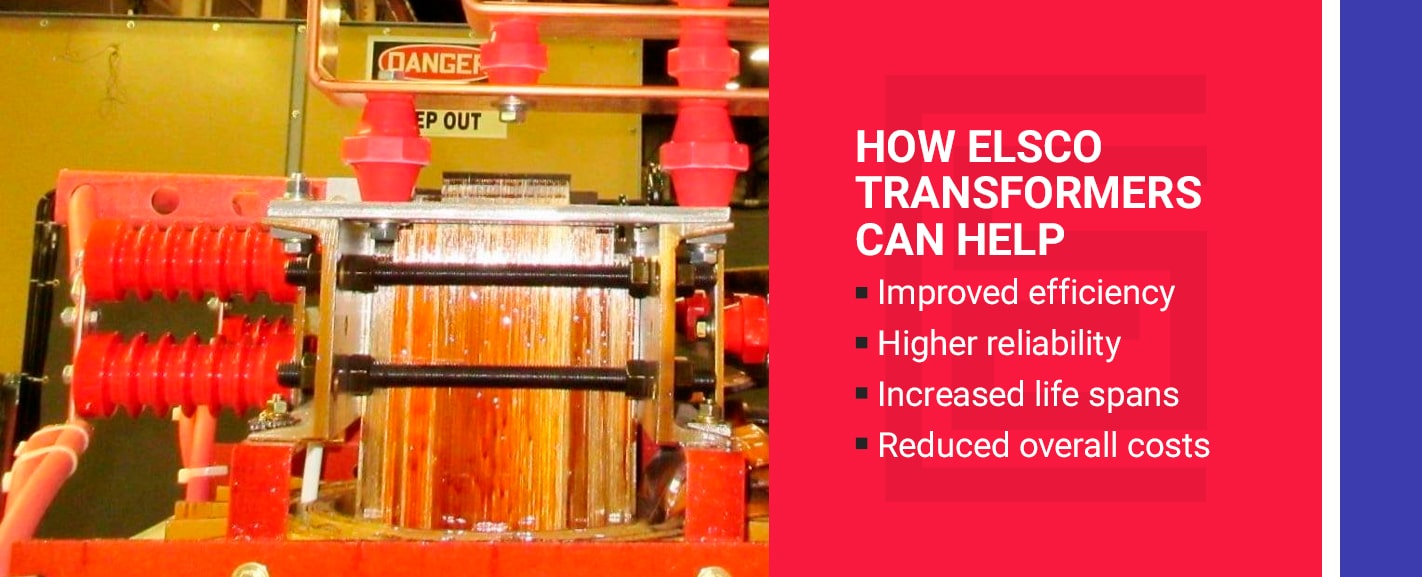
- by Todd Benadum
- November 1, 2023
- Dry Type Transformers, Padmount Transformers, Transformer Failures
Evidence reveals how to avoid transformers that wind up dying well before their time. Spoiler alert: There’s no substitute for quality.
When it comes to big-ticket items, power transformers come near the top of the list. So, when they fail prematurely, it is a painful experience with damages that can far exceed the cost of a replacement unit. These added expenses may include the loss of priceless production time, damaged credibility, or regulatory fines and civil lawsuits.
While numerous facilities have had to endure this sting, others are learning from those mistakes thanks to failure-analysis experts who investigate transformers that die an early death. As such, the job is a lot like a detective on a CSI crime show drama. They show up at the “scene of the crime” and try to determine what went wrong and who’s at fault.
“I’ve been involved in dissecting numerous transformer failures,” says Jeff Jones, a transformer “crime scene investigator” and founder of Electrical Certification, Inc. in Cincinnati, Ohio, specializing in testing, certification, and failure analysis. “Inevitably, the first thing that comes out of the customer’s mouth is, ‘Hey, it’s just a year old! What happened?’”
But it’s no mystery, according to Jones. Ultimately, you get what you pay for.
What Causes Premature Transformer Failure?
Plant engineers, facilities managers, general contractors and specifying electrical engineers can learn a lot from the ‘post mortem’ experiences of a CSI tech, like Jones. In most cases, the premature failure of a transformer is avoidable and the culprit is often an inadequately designed or constructed unit.
“We are in the business of ensuring that owners get what they specified and paid for,” says Jones.
As a master electrician, test technician and member of the International Brotherhood of Electrical Workers (IBEW) for 44 years, Jones possesses a wealth of knowledge and has spent endless hours combing through the evidence. For the first time, he is opening his archives and revealing his list of “usual suspects” that cause premature transformer failure.
1. Craftsmanship
Right away, Jones exposed the bottom line up front.
“You want cost-effective, not cheap,” says Jones. “Cheaper transformers will often cost you more in the long run. Especially if the transformer is critical to your business process or data center, then the extra $10,000 or $20,000 for a better unit represents inexpensive insurance.”
While he admits that it is hard to convince someone of this because of upfront cost concerns, the proof of his conviction lies in what he has observed in the failure of countless transformers.
“Probably the most influential factor in transformer longevity is the level of craftsmanship; the attention to detail in the manufacturing process and the quality control,” says Jones. “This is often overlooked in today’s rush to automate every manufacturing process.”
According to Jones, transformers often fail because a machine overlooked a point of weakness that an experienced craftsman, while winding a transformer by hand, would have spotted and corrected.
“Pride of work and experience went away when machines started building transformers,” exclaims Jones. “That is especially the case in manufacturing outside the U.S. where they lack experience and often employ highly automated processes. A machine doesn’t have the feel to detect defects.”
An Example of Catastrophic Transformer Failure
In combing through his files, Jones came up with a classic example.
“In this case, the client had a large 10,000 kVA dry-type transformer that suffered a catastrophic failure within five years,” begins Jones. “Knowing that a replacement core and coil would run $110,000 — not counting the rigging and the installation which would add another $40,000 — the owner demanded that the manufacturer allow me to witness the dissecting of the transformer.”
As Jones watched, the manufacturer cut into the insulation and epoxy with a gasoline-powered concrete saw and found the fault at the crossover where the opposite-polarity windings pass through a guide tube where they should have at least 1 ½ inches of separation. Instead, the wires were almost in contact with each other.
“A clear example of someone failing to inspect and fix that area before the resin was poured and baked in. The manufacturer had to supply a new core and coil.”
However, the client was not completely off the hook for cash outlays.
“Look where they put transformers these days, in tight spaces when the buildings are first being erected or on the roof where you’ll need a crane to replace it,” says Alan Ober, who, as the Vice President of Engineering for Electric Service Company (ELSCO), a Cincinnati, Ohio-based manufacturer of transformers, is often on scene when the transformers are installed.
“It will cost you twice as much in the long run to swap it out,” adds Ober. “When you factor in lost production while the equipment is out of service, nobody wins when a transformer dies an early death.”
2. Material
After craftsmanship, material is the most important factor in transformer
construction. According to Jones, using the right wire and insulating materials will make a huge difference in longevity.
“A well-known university hired me to investigate a pair of 2,000 and 2,660 kVA dry-type transformers that failed within a month or two of install,” recounts Jones. “I discovered the area of failure at the crossover where the winding material spools out at a 45-degree angle across a flat area to start the next coil over. At that point, this manufacturer put a singular wrap of Kevlar, whereas a high-quality transformer from someone like ELSCO would have a double or triple layering of insulating material because it’s a high-stress area.”
The manufacturer tried to avoid the rap by explaining that their transformers needed a snubber, which is a capacitor-filter-resistor network that connects in parallel with the primary winding to absorb the high-voltage transients.
“But a snubber is a $25,000 add-on,” explains Jones. “So, if you have a cheaply manufactured transformer and you have to buy this extra equipment, where is the savings in that? The university had ten of these transformers, so they were facing a quarter-million-dollar jump in costs. Now who is going to pay for that? It becomes a big fight.”
Jones also discussed the importance of iron core material. Pure original, as opposed to recycled, magnetic silicon steel is best. Also, the thinner the core steel pieces, the better.
ELSCO’s Ober provides supporting evidence, explaining that commonly used M6 steel has a thickness of 0.014” per piece, whereas the M3 steel is only 0.009” thick. To cover the same volume or area, you have more pieces with M3. The more pieces, the lower the no-load losses and the higher the efficiency.
“High heat aids and abets transformer failure,” explains Ober. “A 150-degree C transformer wastes a lot of energy creating heat, which shortens the life of the insulation. However, a beefier 80-degree C rise dry type transformer with better core steel will have a lower heat rise under the same conditions while putting out equal kVA.”
3. Design
Whether wet or dry-type, the way the coils are wound around the core of the transformer greatly
affects its robustness. Because of increased axial forces acting at the corners of rectangular-wound transformers, energy gets wasted and noise is created.
On the other hand, voltage stresses are less with round-wound designs, so they stay cooler, run quieter, and present less risk of short circuit with sheet wound secondary.
Beyond the improved reliability factor, the design can further increase efficiencies and save costs in real time, as the plant consumes less electricity. Some well-designed transformers even exceed the proposed efficiency standards for Energy Star compliance, drastically lowering utility costs for a plant.
“In the old days they used to manufacture transformers that were somewhat overdesigned in terms of capacity and durability,” adds Ober. “Today, with tighter profit margins, if you want a 1500 kVA transformer, that’s exactly what you will get. So, it is critical that you don’t skimp on materials and design.”
Case Closed
“Don’t be surprised if you end up tripling your costs by value-engineered transformers,” Jones warns. “Otherwise, you’ll be calling me to investigate what went wrong.”
How ELSCO Transformers Can Help
Spending more money to purchase a dependable, high-quality transformer makes sense considering the many years of reliable service it can provide. Our innovative designs, premium-grade materials and superior fabrication deliver an added margin of protection against the many stresses that contribute to the potential for failure.
Choosing ELSCO for your transformer needs allows your company to enjoy benefits like:
- Improved efficiency: Energy-efficient transformers mean you’ll have fewer energy losses and experience lower operating costs. Purchasing energy-efficient units is also more eco-friendly, a critical element for companies that want to minimize their environmental footprint.
- Higher reliability: ELSCO Transformers has had zero warranty issues or transformer failures due to craftsmanship, materials, quality or faulty designs since we began manufacturing dry type transformers in 1988. While the industry average is typically 15 to 20 years, units from ELSCO often deliver reliable service for over 30 years.
- Increased life spans: The most significant advantage of ELSCO dry type transformers is their longer life spans over similar products from competitors. More years of reliable operation mean fewer replacements over the long term.
- Reduced overall costs: Lower operating costs, reduced maintenance requirements and minimal downtime lead to significant cost savings. Even the slightest improvement in electrical efficiency can translate to thousands of dollars in savings over the transformer’s life.
Contact the Professionals at ELSCO Transformers Today to Learn More
If you want to discover more about how our high-efficiency, medium-voltage units can benefit your operation, trust the experts at ELSCO Transformers. Our team is committed to helping you find the most cost-effective, energy-efficient solution with an industry-best warranty that aligns with your business needs. In addition to our extensive transformer selection, we provide various services, from repairs and customized units to retrofitting and custom bus work.
Complete an online quote request for pricing or call 800-232-9002 with questions or to obtain additional product information.
(Excerpts from this original article were first published by EnergyCentral.com in 2018 and Facilities Management in 2019.)





